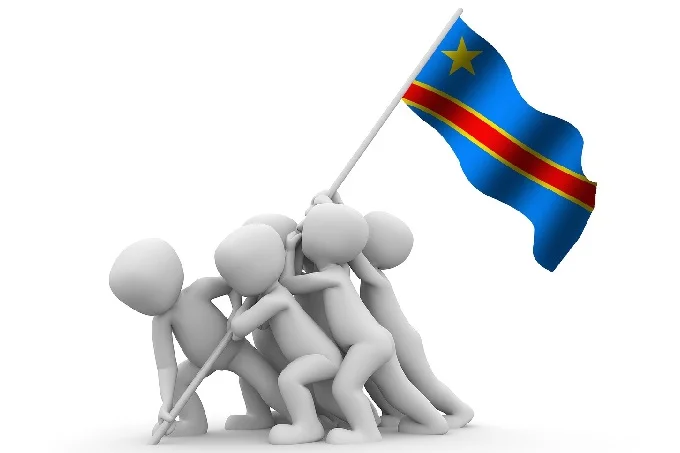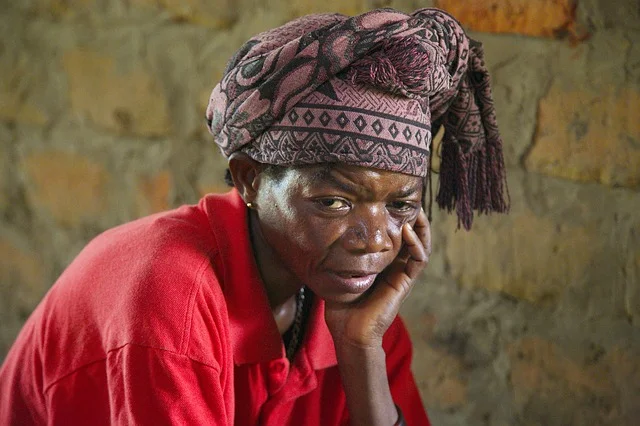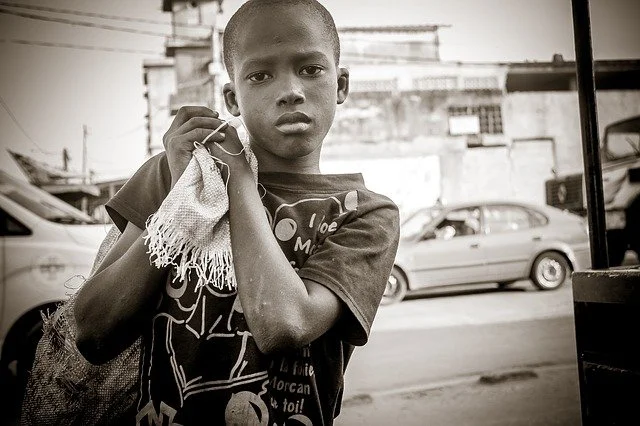Why Congo changed its name several times? Story of “Congo-cake”

The Democratic Republic of the Congo is a state in central Africa and has almost 81 million inhabitants. The capital is Kinshasa. In its history, the Congo has changed its name many times: Kingdom of Congo, Belgian Congo, Congo Leopoldville or Congo Free State, Zaire, and finally, the Democratic Republic of the Congo. Each name hides behind it a particular story, linked to the tormented historical events that this land has had to face.
The Kingdom of Congo was a powerful state in central Africa, with several vassal states, a flourishing economy, and an impressive army. The Portuguese who settled on the African coast of the Atlantic introduced Catholicism, and from that moment on, the new religion quickly spread throughout the country, so much so that the same sovereigns began to adopt names of clear Iberian origin. So we could see names like king Pedro, Joao I, Alfonso, Diego, Alvaro, etc.
The kingdom survived, with ups and downs, including civil wars and witch hunts, until the end of the eighteenth century or early nineteenth century, when its territory was dismembered between the various colonial powers in the area, Portugal and Belgium primary.
The first taste of Congo-cake was consumed. The control of the country passed to Leopold II of Belgium who established, with obvious sarcasm, the Free State of Congo: sarcastic because the Congo was not free at all and was subjected for over twenty years to the absolutist government of the Belgian king, who transformed the country into his domain where more than ten million people died.
International protests forced Leopold to give up his “toy” to the state he ruled: thus, the Belgian Congo was born. However, Leopold provided westerners with the first ingredient for the preparation of the Congo-cake: the rubber, which extracted from the indigenous population, was sent to Europe, allowing Westerners to obtain huge amounts of money.
Belgium began the colonization and exploitation of the country, and the second ingredient of the Congo-cake was discovered: uranium. One of the Congolese regions with the highest concentration of mines is Katanga, located in the south of the country at the border with Zambia and Angola. A region destined, after a few years, to indelibly mark the history of Congo.
In 1960 the country obtained, after difficult negotiations, independence from Belgium: the national hero was Patrice Lumumba, born in 1925, a former mine worker, journalist and activist of the Congolese independence movement.
After being imprisoned in European prisons, Lumumba managed to lead the negotiations for independence and was democratically elected as Prime Minister of Congo in 1960. Not even time to celebrate that Katanga declared itself secessionist: under the pressure of large sectors of the Belgian economic, military and political world, the region declared itself independent from Congo. Lumumba was shot and partially dissolved in acid during a trip to Katanga organized to resolve the issue.
The Secretary-General of the United Nations, the Swede Dag Hammarskjöld, did not fare any better. He also died in Katanga due to a mysterious airplane accident while going to the rebel region to start peace negotiations.
The Katanga crisis allows us to discover new ingredients of Congo-cake: gold, diamonds, timber, ivory, and coal. In fact, every year, gold, minerals, timber, coal, and wildlife products such as ivory, worth around 1 billion and 200 thousand dollars a year (722-862 million if we exclude diamond trafficking), are illegally smuggled out of the conflict zone into the surrounding areas inside the country and even outside it, in the neighbouring countries of the troubled Great Lakes region.
Gold would bring up to 120 million dollars a year, wood between 16 and 48, coal between 12 and 35 and minerals between 7.5 and 22.6 (always excluding diamonds that have various origins, not only from the east of the DRC) and then poaching, illegal taxation and other resources, which together make a profit ranging from 14.3 to 28 million.
Lumumba had already understood this in 1960: before being assassinated, he said that “there is no problem apart from the specific problem of Katanga. Nothing has happened. The core of the problem lies in the fact that the imperialists want to use the wealth of our country and continue to exploit our people”.
Lumumba’s death created a political vacuum that was soon filled by the strong personality of Joseph Mobutu. Since the early years of their anti-colonialist militancy, Lumumba’s friend did not prevent him from being one of the major coup plotters of 1961. With him, Congo became Zaire: the new President, in fact, wanted to replace all names of European origin with traditional African names. The Congo became Zaire, Leopoldville became Kinshasa, and Joseph Mobutu became Mobutu Sese Seko Kuku Ngbendu Wa Zabanga, Mobutu “the warrior who goes from victory to victory without anyone being able to stop him”.
Mobutu was able to exploit the climate of the Cold War to establish a strong alliance with the United States of America in an anti-communist key: an alliance born from the coup of 1960 and lasted until the end of the Cold War, more precisely until 1994. For the Great Lakes region, Africa, and the entire world, 1994 is the year of the civil war in Rwanda, where Hutus and Tutsis slaughtered each other to take control of the small African state.
Zaire agreed to host numerous Rwandan refugees, first of Tutsi ethnicity, then also of Hutu ethnicity, depending on how the political situation in Rwanda evolved. The Rwandan refugee camps made even more precarious the already weak internal balance of Zaire.
There were also many other problems: far from the capital Kinshasa, the authority of the Zairean central government was much weakened. The Rwandan génocidaires had allies in the local administration of the two provinces of Kivu, and some officers of the former FAR (Rwandan Armed Forces) acquired de facto control of the camps. Humanitarian workers were not able to stand up to them at all.
In Goma, the tents were grouped by sector, commune, subprefecture, and prefecture, as if in a mirror image of the administrative organization of the country that the refugees had recently left. The presence of former Rwandan leaders was, in effect, equivalent to a government in exile. The high-ranking officers of the former FAR ended up being transferred to a separate camp, and their subordinates were persuaded to shed their uniforms; the population, however, was clearly still under their control and under that of the Interahamwe, armed Hutu militias.
The presence of armed members in the Kivu refugee camps, together with the immobility of the international community, led to the collapse of the Zairean government. Kivu, with the strong presence of refugees from both Tutsi and Hutu ethnic groups, was also at the center of a new conflict, which broke out in 2004 and lasted until 2008, which spread further blood and death in a land already desperate and destroyed by the events of the previous years.
The second Kivu war allows us to unveil the last ingredient of our Congo-cake: coltan. This mineral is essential for the construction of smartphones, and the Congolese subsoil is full of it: in other countries, this would be considered a great fortune, but not in Congo. It’s reported that coltan is often extracted and processed by the refugees themselves, forced by the “warlord of the moment” to work for him at inhuman rates, closer to slavery than anything else.
Women, men, and especially children, forced to work in order not to be killed, condemned to the most extreme exploitation: they work from dawn to dusk in suffocating tunnels, often turned into death traps by sudden floods; they live in camps built with metal sheets and makeshift materials; they are decimated by disease and without medical care. But above all, they are at the mercy of armed gangs who rob them, kill them and rape their women to ensure control of the mines.

In 2018, however, then-President Kabila issued a new law regarding royalties due to Kinshasa for the concession of the country’s mines. Royalties are taxes that mining companies pay to the state that owns the mines in order to exploit them and trade their products.
To date, the royalty on cobalt, for example, has been a paltry 2%, an almost symbolic figure given that in the last previous years, the price of this mineral has more than doubled, trading on the London stock exchange at more than 87,000 dollars a tonne.
The new regulation provides for the division of minerals into two categories: strategic and classic. The former will have a new tariff of 10%, while the latter will see a slight increase of around 3.5%. Kinshasa hopes to increase revenue from underground treasures in order to deal with increasingly looming political and humanitarian emergencies. The former President Kabila has also announced new reforms regarding mining in the Congo: a super tax on profits and the revision of mine management contracts.

The new provisions should also contain stricter regulations regarding the work of minors in the mines: according to UNICEF, more than 40,000 children work in the South-East zone of Congo alone. The then-Kinshasa’s Minister of Labor and Social Welfare, Lambert Matuku Memas, has solemnly stated that child labor in Congo’s mines will disappear by 2025.
With the new President, Felix Tshisekedi, until that day, in Kinshasa and beyond, while waiting for the hoped-for results from the new mining law, all that remains is to hope in the evangelical maxim that “the last shall be first”. In fact, many doubts and uncertainties accompany the government’s offensive against the big mining companies and risk wrecking every single attempt to change the history of Congo-cake, which with its special ingredients is a treat for everyone.




